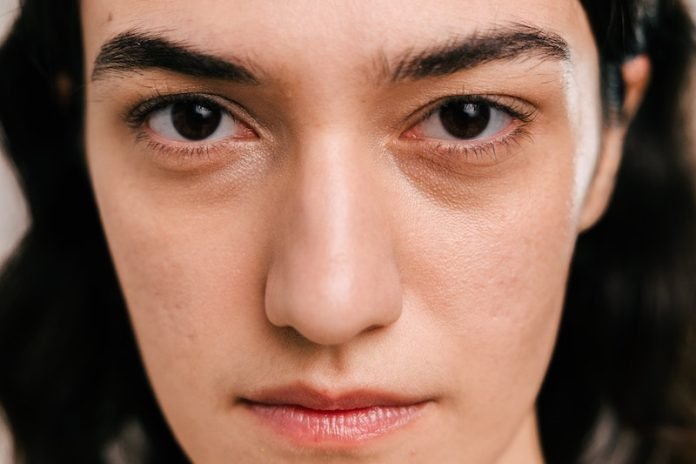
Researchers at the Université de Montréal have made a breakthrough discovery that could lead to a new regenerative therapy to restore vision in patients suffering from degenerative retinal disease.
The team found a way to reactivate dormant cells in the retina called Müller cells.
They transformed them into neural-like cells that could replace the light-sensitive cells in the retina that have degenerated due to disease, restoring vision.
Understanding Retinal Degeneration
Inherited retinal degenerations cause the loss of light-sensitive cells in the retina located at the back of the eye.
When these cells degenerate due to disease, they are not replaced, and the patient suffers vision loss that can progress to total blindness.
Various approaches such as gene therapy offer hope of slowing or blocking the progression of photoreceptor cell loss.
But these techniques cannot restore lost cells, and are therefore not useful for patients at advanced stages of the disease.
Hence, the need to develop regenerative therapies that could replace the lost cells and restore vision.
Stem Cells vs. Dormant Cells
One promising approach to restore vision would be to use stem cells to generate photoreceptors that could be transplanted into a patient’s eye.
However, this technology now faces major challenges that are slowing its use in clinical practice.
To overcome this, the UdeM team found a way to reactivate dormant cells in the retina that can replace the lost cells.
The Discovery
The researchers discovered that dormant cells in the retina, called Müller cells, can be induced to transform into cells sharing some properties with cone photoreceptors.
Cone photoreceptors allow people to perceive colors, read, and drive. The Müller cells are known to reactivate and regenerate the retina in fish, but not in mammals, including humans.
The team has identified two genes that, when expressed in Müller cells, can convert them into retinal neurons.
Co-author Ajay David said that “we may one day be able to take advantage of the cells that are normally present in the retina and stimulate them to regenerate retinal cells lost to pathological conditions and to restore vision.”
The Potential of the Findings
The discovery by the UdeM researchers presents a new regenerative therapy for patients with degenerative retinal disease, as it circumvents the need for transplantation.
There is still much work to be done, such as finding a way to promote the full maturation of cells into cone photoreceptors that could restore vision.
But the researchers’ discovery could lead to a more effective, efficient, and less invasive treatment for restoring vision.
Conclusion
The team’s discovery is a major breakthrough in regenerative medicine, with potential implications for other areas of cell replacement therapy.
Further research will determine the full extent of its potential, but for now, it offers new hope for those who have lost their vision due to retinal degeneration.
If you care about eye health, please read studies about how to protect your eyes from glaucoma, and 7 habits that help prevent vision loss in older people.
For more information about eye health, please see recent studies about how to protect your eyes from diabetes, and results showing that vitamin B3 may help treat common blinding eye disease.
The study was published in PNAS.
Copyright © 2023 Knowridge Science Report. All rights reserved.



